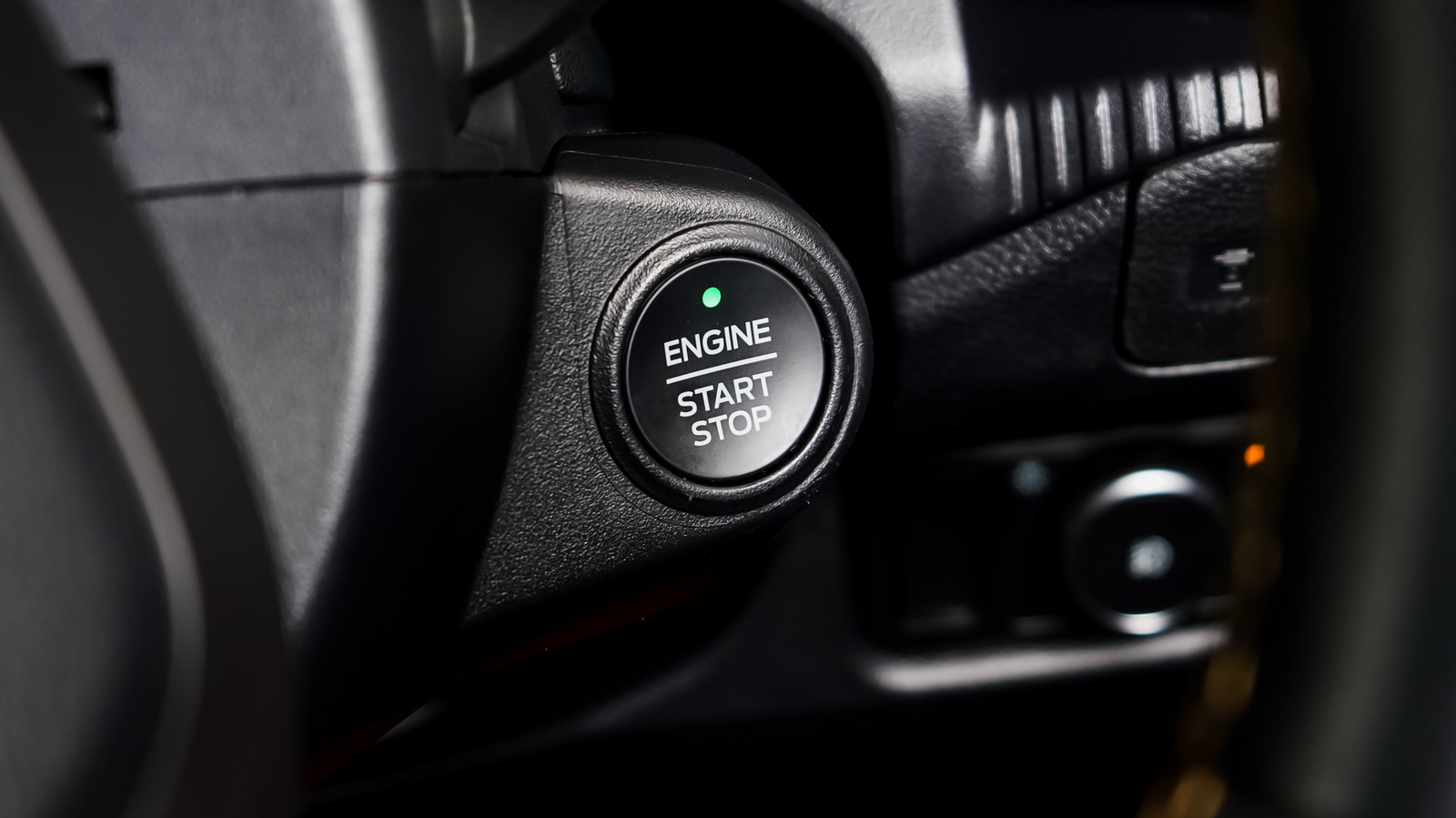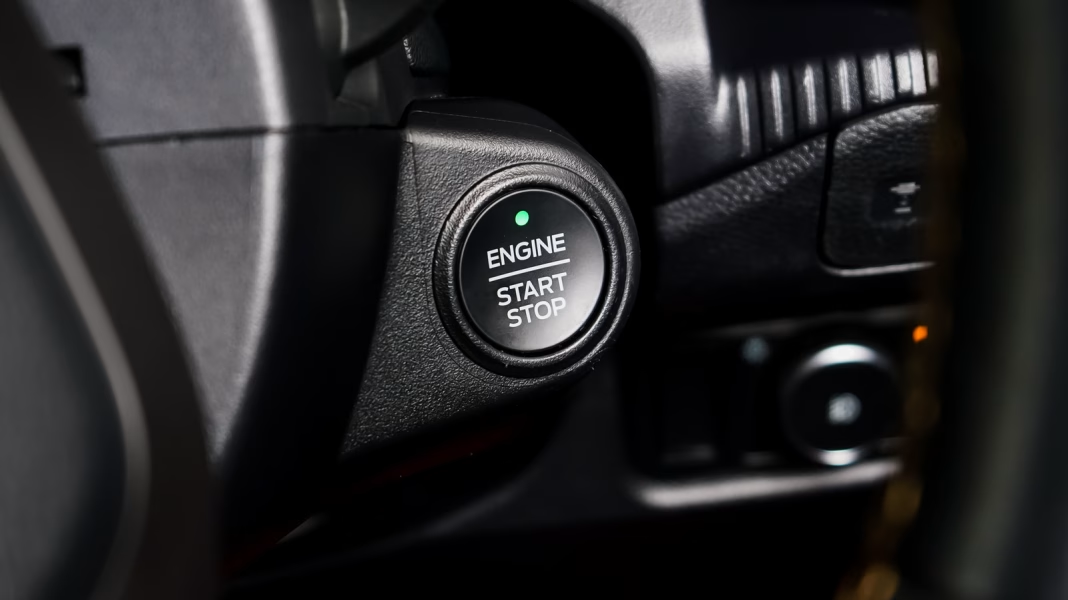Keyless cars are a fascinating blend of technology and convenience, revolutionizing how we interact with our vehicles. But have you ever wondered how these modern marvels can still start even when the battery in your key fob is dead? The answer is rooted in some pretty clever engineering and a bit of science.
Understanding Keyless Entry Systems
At the heart of keyless cars is a system that relies on radio frequency identification (RFID). When you approach your vehicle with the key fob in your pocket or bag, the car detects the fob’s signal. This communication allows you to unlock the doors without needing to press any buttons. It’s all about convenience, right? But what happens when that little battery in your key fob runs out?
The good news is that many keyless entry systems are designed with a backup plan. Even if the fob’s battery is dead, you can still start your car. This is where the engineering gets really interesting.
How Do They Work Without a Battery?
Most key fobs use a low-frequency signal to communicate with the car. When you press the start button, the vehicle sends out a signal to the fob, which responds back. If the fob’s battery is dead, it can’t send that signal back. However, many systems are equipped with a feature that allows the car to recognize a weak signal or even a passive signal from the fob.
Here’s the kicker: some keyless systems can still function using a method called “inductive coupling.” This means that when you place the dead fob near a specific spot in the car (often near the start button), the car can draw enough energy from its own systems to power the fob momentarily. This allows the fob to send a signal to the car, enabling you to start it. It’s a clever workaround that ensures you’re not stranded just because of a dead battery.
Real-World Example: The Convenience Factor
Imagine this scenario: you’re running late for an important meeting, and your key fob refuses to cooperate. You check the battery, and it’s dead. Panic sets in, but then you remember the trick of placing the fob near the start button. You do just that, and voila! The car starts, and you’re on your way. This feature is not just a gimmick; it’s a lifesaver for many drivers who rely on their vehicles daily.
The Science Behind It
The science behind keyless entry systems is fascinating. The RFID technology used in key fobs operates on the principle of electromagnetic fields. When the car sends out a signal, it creates a field that the fob can tap into, even if its battery is low. This interaction is a brilliant example of how technology can solve everyday problems, making our lives just a bit easier.
What If Your Fob is Completely Dead?
If your key fob is completely unresponsive and you can’t start your car using the inductive method, don’t worry. Most vehicles with keyless entry systems also have a traditional key hidden inside the fob. This key can be used to unlock the doors manually. Once inside, you can often find a way to start the car, either by using the fob in a specific location or by following the vehicle’s manual instructions.
The Big Takeaway? Keyless cars aren’t just about flashy technology; they’re about thoughtful engineering that anticipates our needs. The next time you find yourself in a pinch with a dead key fob, remember that there’s often a backup plan built right into your vehicle. So, if you haven’t already, take a moment to familiarize yourself with your car’s keyless entry system and its features. You might just find that a little knowledge can save you a lot of hassle down the road.


